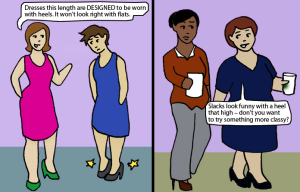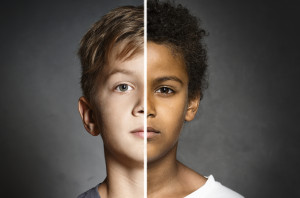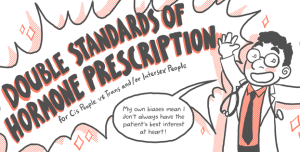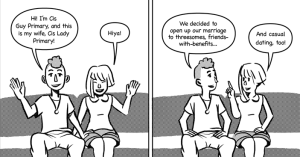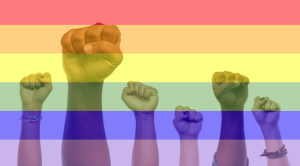Francesca Ramsey: Spoiler alert: In the U.S. racism is not just a Southern thing.
Decoded with Francesca Ramsey
Francesca: Ever notice when people impersonate a racist, they always sound like a good ole Southern boy? [in Southern accent] Hell, we’ve even done it on this show. [regular voice] But that’s not entirely fair. Racism also has a long history in Northern and so-called progressive Western states.
And the history of this racism is the history of land how far some white people were willing to go to keep it to themselves. Here are three important examples of how racism was maintained in the Northern and Western United States.
Sundown Towns
Sundown towns may sound like a quaint retirement village for your grandma but they’re actually representative of some of the worst forms of racism America had to offer. That says a lot. Sundown towns were named after the signs that were posted at the edge of each town, threatening, “N-word, don’t let the sun go down on you in Hawthorne!” or whatever the town was called.
Basically, the implication was that if you were caught being Black in that town after sundown, you wouldn’t survive the night. These towns were essentially a real life horror movie. While it’s been difficult to pin down just how many of these independent towns sprang up, author Jeffery Logan did some research for a book on the subject and estimates that there were between 3000 and 15,000 sundown towns in the United States between 1890 and 1930.
Guess what? They weren’t all in the South. Yeah, I’m looking at you, Iowa! Don’t give me that look, Minnesota! Ugh!
That is a whole lot of places that seem to have made lynching and murder acceptable just because they didn’t want black people to live there.
The founding of Oregon
Orgeon’s origin. That’s hard to say.
Way before it became hipster heaven, Oregon was the only state that expressly forbade Black people from living, working, or owning property there. Not so cute now, huh? Black people couldn’t even move to Oregon until 1926 and they couldn’t enter most of the businesses until the 1950s.
Oregon also became a major hub for the Ku Klux Klan. In 1922, 9000 of the Klan’s 14,000 members lived in Portland. Great, one more place I can’t go when I time travel. How on Earth did Oregon become so racist?
Oregon has been trying to keep it mighty white since before they were even a state. In 1844, they passed legislation that said they could flog any Black person who didn’t move out of the state by 1846. In 1845, they changed that provision to instead say Black folks remaining in the state would be offered up for hire to any white person.
So leave the state or become a slave? Awesome!
So, the Black version of Oregon Trail was just called, “Don’t Go To Oregon!”
And the past still influences the present. According to the 2010 census, the population of Oregen is currently 87.9% white. Don’t get it twisted; that white utopian stuff is real! The numbers still reflect it.
Redlining
During the recession in the 1930s, the Home Owner’s Loan Corporation created ways to assess neighborhoods as part of a huge mortgage refinancing initiative. One teeny little problem: their rating system was designed to keep Black people out of certain neighborhoods. It’s called redlining because they literally drew a red line around the areas where Black people were allowed to live.
So creative!
Redlining created huge wealth gaps in most major cities, which was largely a result of preventing Black home ownership. The practice also gave tax breaks and better loans to white people, keeping Black citizens completely outside of the process that would guarantee safety and security for their families for generations to come.
It’s almost as if racism was and is a systemic problem!
Just like people inherit suburban homes from their grandparents, victims of redlining inherit all of the social, educational, and housing issues created generations ago that keep them oppressed. It’s not even ancient history: in 2014, the Buffalo-based Evan’s Bancorp settled a lawsuit for one million dollars for excluding African Americans and redlining certain districts in Western New York, not the South.
We’re not saying everyone in the North is racist. But we can’t ignore the systemic reasons that racism persists. And we can’t pretend it only happens in the South.
Thanks for watching. We’ll see you next time on Decoded.







